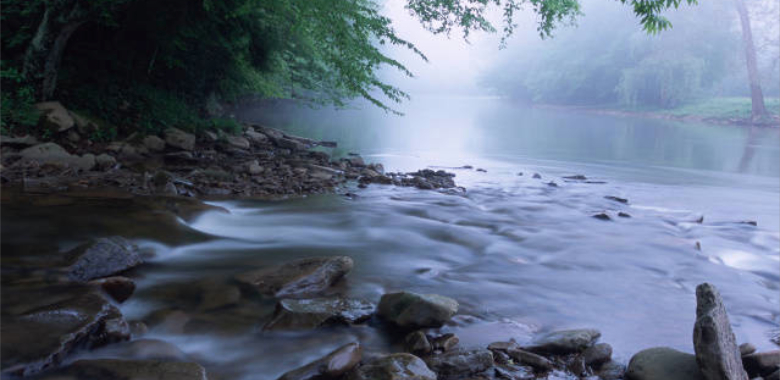Bright Spots: seeds of a good Anthropocene
Our future doesn’t have to be dismal. Global examples of sustainability projects offer potential seeds for a more just future.

The scale, rate, and intensity of humans’ environmental impact has engendered broad discussion about how to find plausible pathways of development that hold the most promise for fostering a better future in the Anthropocene. However, the dominance of dystopian visions of irreversible environmental degradation and societal collapse, along with overly optimistic utopias and business-as-usual scenarios that lack insight and innovation, frustrate progress. Here, we present a novel approach to thinking about the future that builds on experiences drawn from a diversity of practices, worldviews, values, and regions that could accelerate the adoption of pathways to transformative change (change that goes beyond incremental improvements). Using an analysis of 100 initiatives, or “seeds of a good Anthropocene”, we find that emphasizing hopeful elements of existing practice offers the opportunity to: (1) understand the values and features that constitute a good Anthropocene, (2) determine the processes that lead to the emergence and growth of initiatives that fundamentally change human–environmental relationships, and (3) generate creative, bottom-up scenarios that feature well-articulated pathways toward a more positive future.
